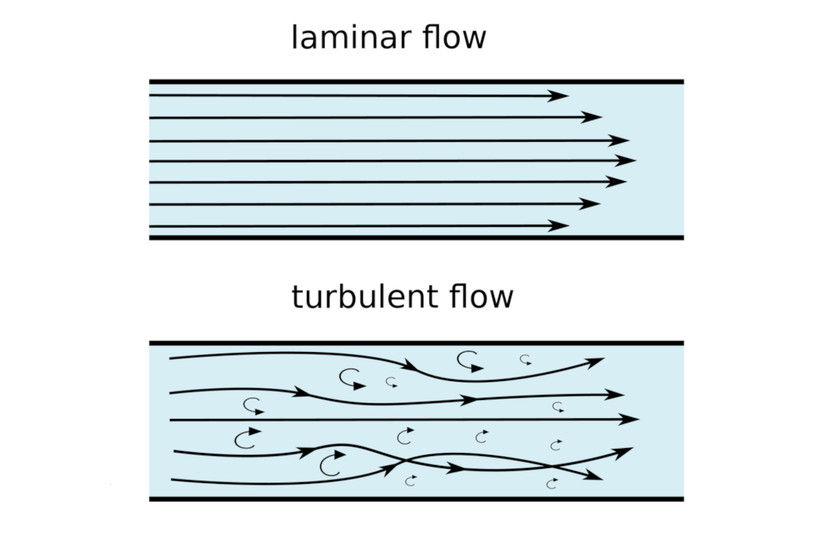Effectively managing downhole pressures is a vital component of horizontal directional drilling (HDD), especially when it comes to preventing inadvertent returns (IRs). Success depends heavily on keeping borehole pressures in check.
The Importance of Controlling Downhole Pressure
Downhole pressure refers to the pressure exerted within the borehole during the drilling process. This pressure primarily stems from two sources: the drilling fluid (commonly called drilling mud) and the natural formation pressures. The challenge lies in managing these forces to prevent formation damage, borehole collapse, fluid loss, and the unwanted surface discharge of drilling fluid (IRs). A solid understanding of fluid hydraulics and how they interact with subsurface conditions is essential for safe and efficient HDD work.
Key Factors That Influence Downhole Pressure
- Drilling Fluid Properties
The characteristics of the drilling fluid significantly impact borehole pressure. The most influential properties include density, viscosity, and rheology: - Density provides the hydrostatic pressure needed to counterbalance formation pressures. Ideal density ranges from 8.5 to 12.5 pounds per gallon (ppg), or higher depending on formation conditions.
- Viscosity measures the fluid's resistance to flow. It must be high enough to suspend and carry cuttings but low enough to avoid excessive pressure buildup. Typical ranges are from 35 to 100+ seconds per quart.
- Rheology encompasses yield point (YP) and plastic viscosity (PV). YP should match the reamer or bit diameter for adequate suspension, while PV reflects the solids content in the mud. As additives increase PV, YP must be adjusted accordingly to maintain balance.
- Cuttings Suspension
The drilling mud must efficiently suspend and remove cuttings to prevent accumulation in the borehole, which can increase downhole pressure and lead to IRs or stuck tools. The yield point plays a central role in this process. - Flow Rate
Proper pump rates support cuttings transport and pressure control. Flow can be either laminar or turbulent, with turbulent flow preferred for effective cleaning. However, over-pumping risks borehole washout and fluid loss. A rule of thumb is to multiply the bit or reamer diameter (in inches) by 10 to estimate the required gallons per minute (GPM) flow rate. - Tooling
The selection of reamers and other downhole tools directly affects the volume of material removed and, consequently, the pressure within the borehole. Oversized or improperly selected tooling can cause over-excavation and pressure fluctuations, leading to instability or mud loss.
Conclusion
Maintaining appropriate downhole pressure is critical to the overall success, safety, and efficiency of HDD projects. By controlling variables such as mud properties, flow rate, suspension capabilities, and tool selection, contractors can mitigate risks like IRs, stuck pipes, and borehole collapse. Understanding and managing these elements ensures stable drilling operations and consistent directional control, especially in sensitive or high-stakes environments.
Find Drilling Fluids here: Drilling Fluids available at GUS
Find Reamers here: HDD Back Reamers and Hole Openers available at GUS
About Georgia Underground Superstore
At Georgia Underground Superstore, we understand the unique demands of utility contractors working with HDD. That’s why we offer a full range of high-performance drilling fluids, additives, and tooling solutions designed to help you manage pressures and prevent costly setbacks. With industry expertise, quality products from trusted manufacturers, and fast nationwide shipping, we’re committed to helping you drill smarter and safer. Visit one of our five locations or contact us today to find the right tools and supplies for your next job.

